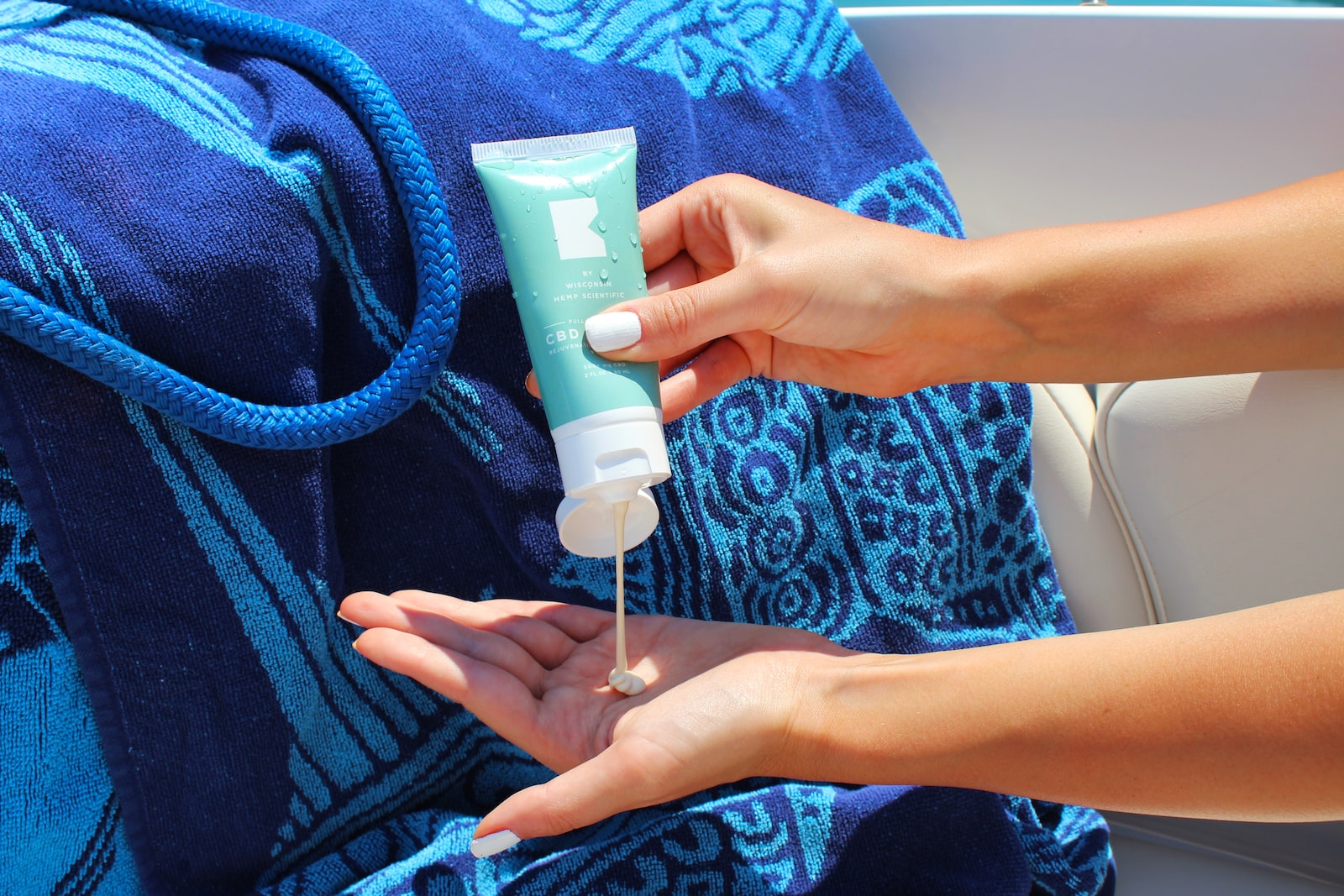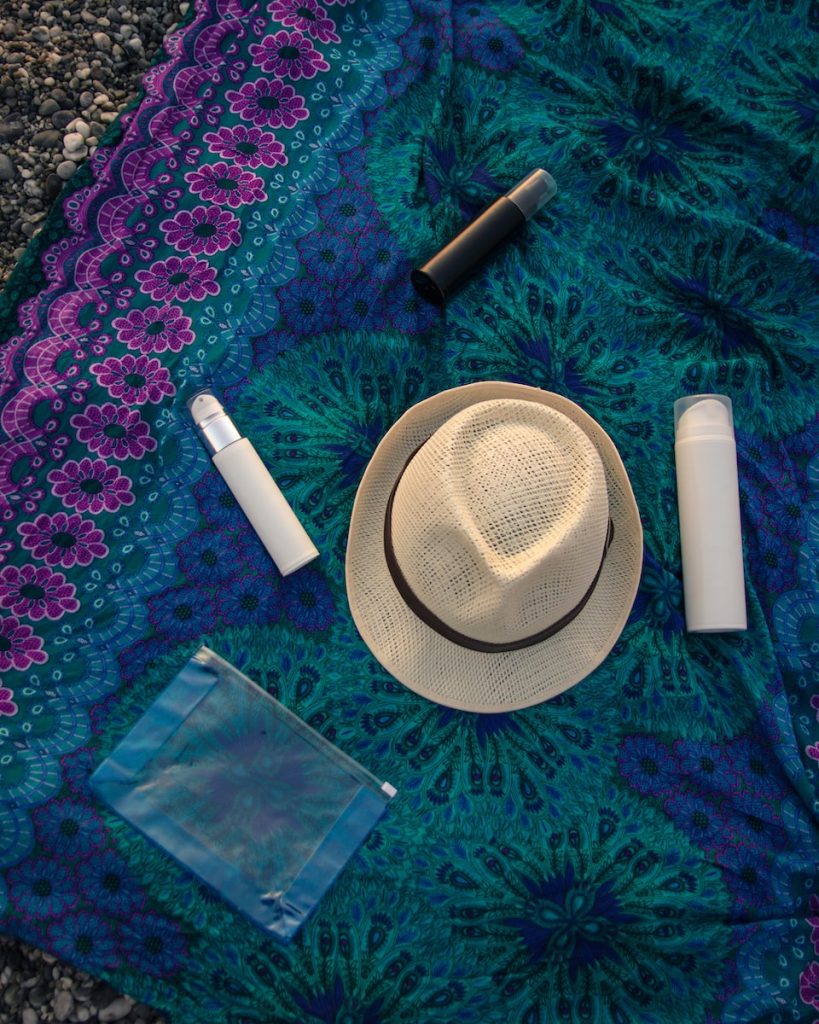Sunscreen is very important. Given that our skin is our biggest organ, it is vital that we take care of it. At the same time, environmental protection should not get in the way of skin protection. This is especially important given that certain chemicals found in sunscreens can damage the environment, as well as your body. In this article, we will discuss ways to identify how eco-friendly and non-toxic your sunscreen may be, as well as some other tips about how to keep your skin as healthy as possible.

1. Protect the Reef
Did you know that your sunscreen can damage coral reefs? Sunscreen with oxybenzone and octinoxate can cause coral bleaching, even in the smallest amounts. Other sunscreen chemicals that cause this include octocrylene, benzophenone-1, and benzophenone-8, to name a few. These same chemicals found in sunscreen can also cause deformation, reduced growth, and decreased fertility for marine organisms. Finally, they can also cause a buildup of free radicals, cancer-causing molecules in your bloodstream.
2. Mineral over Chemical
Always choose a mineral sunscreen rather than a chemical one. Go with either zinc oxide or titanium dioxide base. After all, these minerals are used in soaps, lotions, and powders, and thus, safer for the skin.
3. Ditch the Aerosol
Avoid using aerosols as they can increase radiation levels in the atmosphere and play part in destroying the ozone. Fortunately, aerosol is a banned ingredient in many countries. In general, opt for cream sunscreens over spray ones especially since spray sunscreens can often coat the surface of your skin without being properly absorbed. If you are using spray sunscreen, do not forget to rub it in unless otherwise stated on the container.
4. Cover Up and Seek Shade
Although it is good to put sunscreen on, you can reduce the amount you need by covering the areas of your body that can be covered such as your head, feet, chest, back, and legs. You can do so by putting on more layers such as a hat, closed shoes or socks, a shirt, and some pants. If you will be or have to be outdoors for long periods, try to find some shade and limit your sun exposure.

5. Check Expiration Dates
Sunscreen can expire, like most other things, so make sure you check the expiration date. Otherwise, using expired sunscreen may no longer be effective or worst, cause unwanted skin damage.
6. Reapply When Necessary
Check the sunscreen you are using to determine how often it has to be reapplied to be effective. Mineral-based sunscreens typically need to be reapplied more often than chemical sunscreens.
7. Watch the Clock
If you can, limit your sun exposure to times that are outside the hours of 10 AM and 4 PM. This is to avoid the strong sun rays that can cause skin damage. Your skin will thank you!
8. Recycle
Last but not least, make sure that you properly dispose of the sunscreen container, and recycle it whenever possible.
We hope that you found this information helpful so you are better prepared to go out and face the day while protecting your skin, the reefs, and the rest of the planet.
Check out our magazine for more tips on how to live a more sustainable life.











